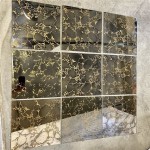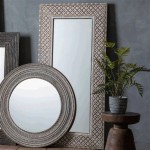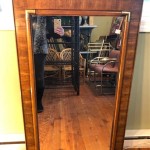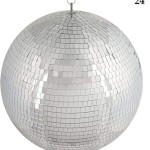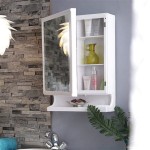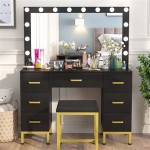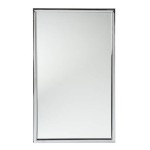How to Make Your Own Mirror Therapy Box
Mirror therapy is a technique used to treat phantom limb pain and other conditions that involve a disconnect between the brain's perception of the body and the actual physical reality. It is a non-invasive and relatively simple technique that involves using a mirror to create an illusion of the missing or affected limb. This illusion can help to "trick" the brain into recognizing the limb and reducing the pain or other symptoms.
A mirror therapy box is a specialized tool designed for this purpose. It typically consists of a box with a mirror positioned in the center. The patient places the affected limb on one side of the box and the healthy limb on the other side, facing the mirror. The reflection of the healthy limb in the mirror creates the illusion of the missing or affected limb being present. This can help to retrain the brain and reduce pain and other symptoms.
While commercially available mirror therapy boxes are readily accessible, making your own can be a cost-effective and personalized solution. This article provides a step-by-step guide on how to construct a simple and effective DIY mirror therapy box.
Materials
Before embarking on the construction, gather the necessary materials. These include:
- A sturdy cardboard box of appropriate size. The box should be large enough to accommodate both the affected and healthy limbs comfortably.
- A large piece of mirror (at least the size of the desired viewing area).
- Adhesive tape (strong enough to hold the mirror in place).
- Scissors or a utility knife.
- Optional: Decorative materials such as fabric, paint, or wallpaper for customization.
Construction
Once you have gathered the materials, follow these steps to construct your mirror therapy box:
- Prepare the box: If necessary, cut or adjust the box to create a suitable opening for viewing. The opening should be large enough to accommodate the affected limb. You may also want to reinforce the box with additional cardboard or tape for stability.
- Attach the mirror: Carefully position the mirror inside the box, making sure that it is aligned with the opening. You may need to use adhesive tape to secure the mirror in place. Make sure the mirror is securely attached to avoid accidental breakage or movement during use.
- Create the viewing area: Once the mirror is attached, you can create a viewing area by cutting a hole in the opposite side of the box. This hole should be large enough to comfortably accommodate the healthy limb. Be careful not to damage the mirror while cutting.
- Decorate (optional): You can personalize your mirror therapy box by adding decorative elements. Use fabric, paint, or wallpaper to cover the exterior of the box. This can help to make the box more visually appealing and motivate you to use it regularly.
Using the Mirror Therapy Box
Once your mirror therapy box is assembled, follow these steps to use it effectively:
- Position yourself in a comfortable chair or position. Make sure you have a clear view of the mirror and the box opening.
- Place the affected limb on one side of the box and the healthy limb on the other side, facing the mirror. The affected limb should be hidden from view, while the healthy limb should be positioned in such a way that its reflection is visible in the mirror.
- Focus on the reflection of the healthy limb in the mirror. Try to imagine that the reflected limb is actually your affected limb. You can also attempt to move the reflected limb as if it were your own.
- Practice regularly for a few minutes each day. The more you use the mirror therapy box, the more likely you are to experience positive results.
It is important to note that mirror therapy is not a cure for phantom limb pain or other conditions. It is a complementary therapy that can be used in conjunction with other treatments. If you are experiencing pain or other symptoms, it is essential to consult with a healthcare professional for diagnosis and appropriate treatment.

Build A Effective Mirror Therapy Box To Improve Hand Movement After Stroke

Neuromatrix Training How To Make A Mirror Box

Build A Effective Mirror Therapy Box To Improve Hand Movement After Stroke
Mirror Therapy

Mirror Therapy Exercises For Stroke Recovery

Graded Motor Imagery Mirror Therapy Explanation And Steps

Frontiers Alternative Motor Task Based Pattern Training With A Digital Mirror Therapy System Enhances Sensorimotor Signal Rhythms Post Stroke

Build A Effective Mirror Therapy Box To Improve Hand Movement After Stroke

Build A Effective Mirror Therapy Box To Improve Hand Movement After Stroke

Mirror Therapy For Stroke Patients How To Improve Mobility

